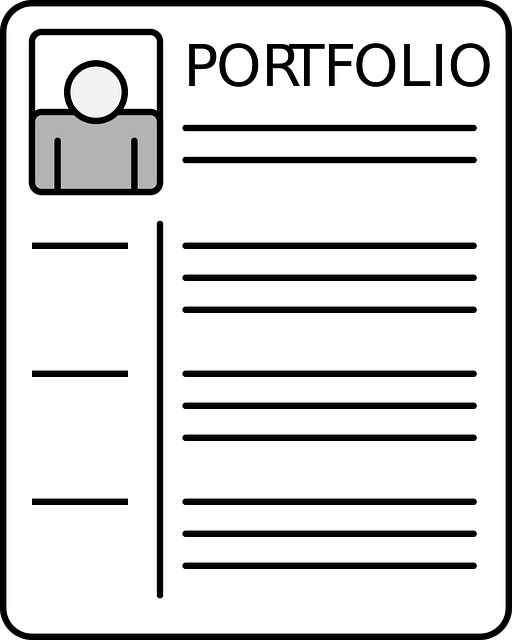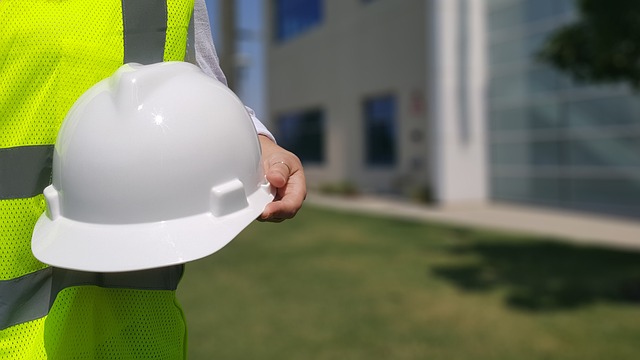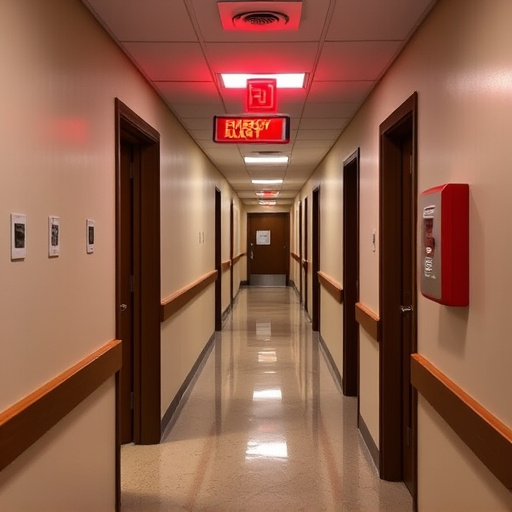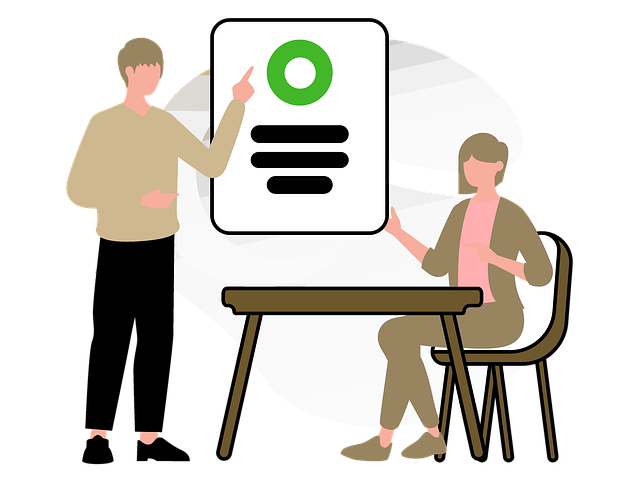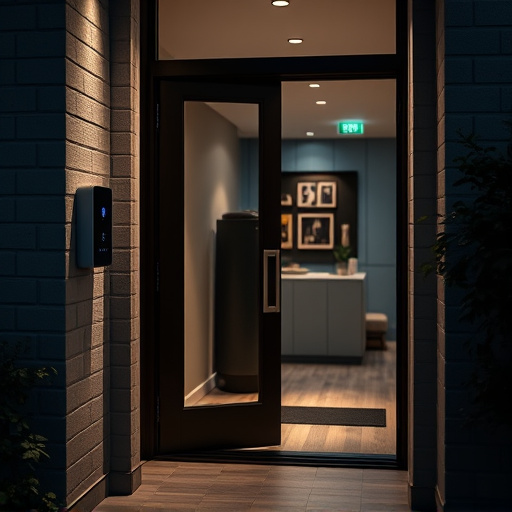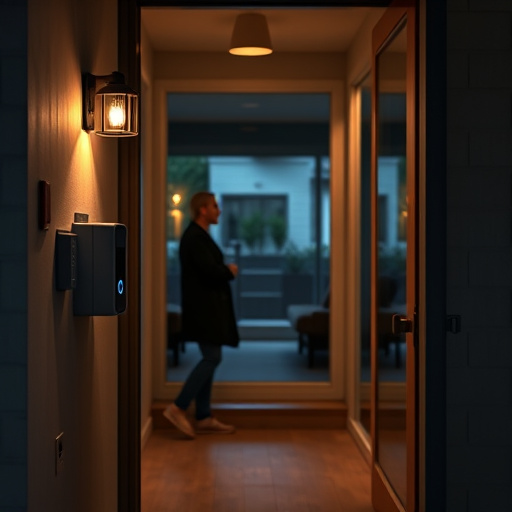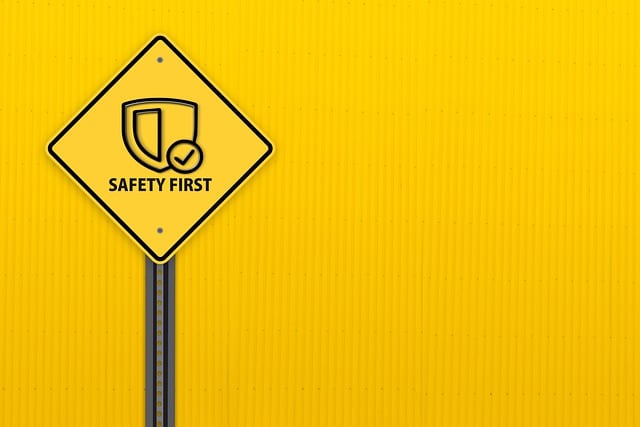Assess your daily routines and environment for potential risks, focusing on poorly lit paths or secluded areas. Implement easy safety improvements like quality locks, security systems, and keeping emergency numbers accessible. Create DIY personal safety strategies tailored to scenarios like walking alone or using public transport. Identify high-risk areas, take preventive measures, and enhance property security with robust locks and signage. Regularly evaluate personal security, updating contacts and creating digital inventories for better protection.
Staying safe is a constant effort, but with these DIY personal safety strategies, you can take control of your well-being immediately. This guide breaks down the process into manageable sections: from assessing your current safety landscape to implementing foundational tips like setting up alarms and securing your home, plus enhancing security on-the-go and adopting simple daily protection steps. Discover easy improvements that can make a significant difference in your personal safety measures.
- Assessing Your Personal Safety Landscape
- – Understanding your current safety measures
- – Identifying high-risk areas and situations
- – Evaluating personal security habits
Assessing Your Personal Safety Landscape
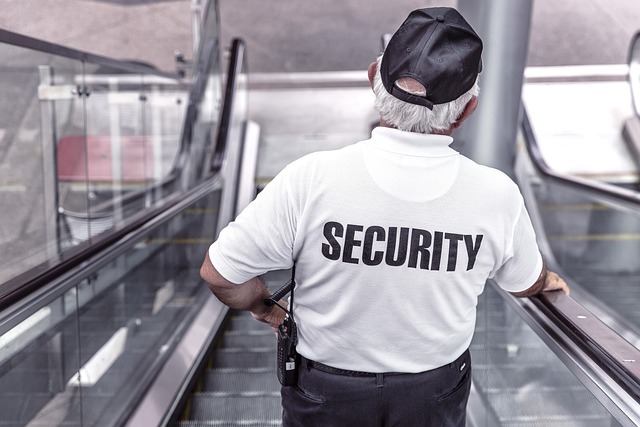
Assessing your personal safety landscape is the first step in implementing effective DIY safety tips and measures. It involves understanding your environment and identifying potential risks or vulnerabilities. Start by evaluating your daily routines, such as your commute, frequent locations, and activities. Notice any areas that lack security, like poorly lit paths or remote spots where you might feel vulnerable. Understanding these patterns will help you determine which simple safety strategies to employ, ensuring enhanced personal security.
Consider the easy safety improvements you can make in your home as well. This could range from installing good quality locks and security systems to keeping emergency numbers readily accessible. Simple safety measures like these can significantly boost your everyday protection steps, giving you a sense of control and peace of mind. By taking proactive steps, you’re not just enhancing personal security; you’re empowering yourself to navigate your world with confidence.
– Understanding your current safety measures

Understanding your current safety measures is a crucial first step in implementing DIY personal safety strategies. Take stock of your existing practices and identify any gaps or areas for improvement. Simple yet effective everyday protection steps, such as keeping emergency contact numbers readily accessible and securing your home with basic locks and alarms, form the foundation of enhancing personal security. These easy safety improvements can provide an immediate sense of control and peace of mind.
Delve into your daily routines and environments to recognize potential risks and vulnerabilities. Consider the DIY safety tips tailored to various scenarios, like walking alone at night or using public transportation. By integrating these simple safety strategies into your life, you empower yourself with additional tools for navigating unfamiliar situations and ensuring your well-being.
– Identifying high-risk areas and situations
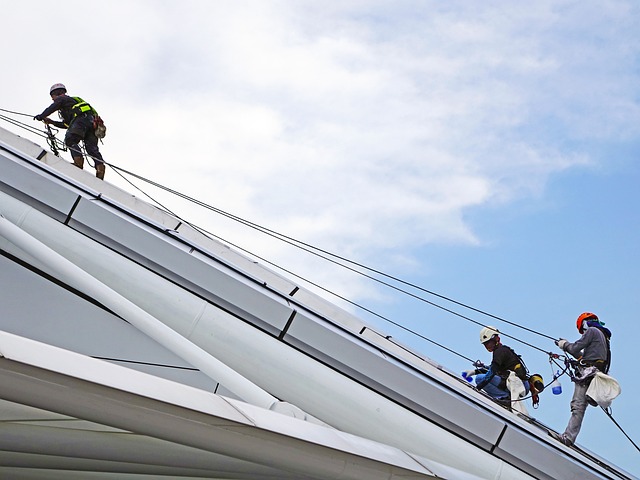
When crafting your DIY personal safety strategies, understanding high-risk areas and situations is paramount. This might include secluded or poorly lit spaces like alleyways, parking lots, or even parts of your own home. Being aware of such places allows you to take preventive measures, such as avoiding them when possible and ensuring good lighting if applicable. Additionally, certain everyday activities like walking alone at night or using ATMs after dark can significantly increase risk. Incorporating simple safety strategies like carrying a personal alarm, keeping emergency contacts readily available, and installing security cameras (both physical and virtual) in your home can greatly enhance personal security.
Implementing easy safety improvements around your property is another crucial DIY safety tip. This could range from securing doors and windows with robust locks to adding visible security signage that discourages intruders. Additionally, simple safety measures like establishing a safe room or emergency exit plan for your family can provide immediate protection in unforeseen circumstances. By taking these proactive steps, you’re not just enhancing personal security but also making sure your loved ones are protected as well.
– Evaluating personal security habits
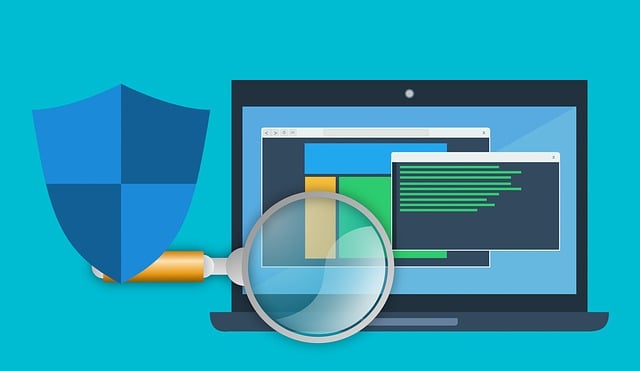
Many individuals overlook the importance of evaluating their personal security habits on a regular basis. It’s like maintaining any other aspect of your well-being—it requires consistent attention. Simple DIY safety tips, such as regularly updating emergency contacts or creating a digital inventory of valuable possessions, can significantly enhance personal security. By implementing these easy safety improvements, you’re taking a proactive step towards everyday protection.
Consider your daily routines and environments. Are there areas where you could strengthen your physical security, like installing better locks or securing valuable items? Reflecting on these aspects not only makes you more aware but also empowers you to make necessary adjustments. Every small change in your personal safety measures counts, contributing to a safer and more secure lifestyle.




